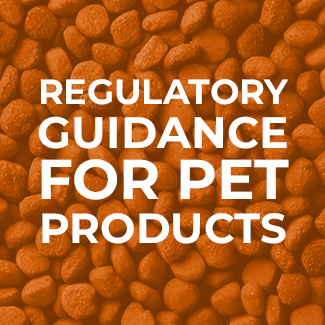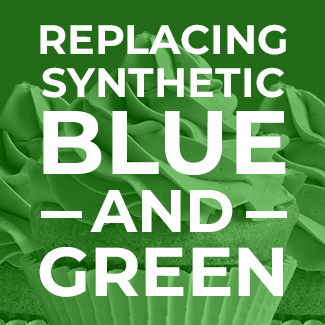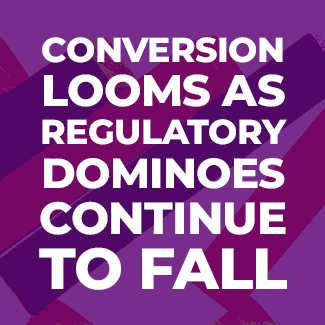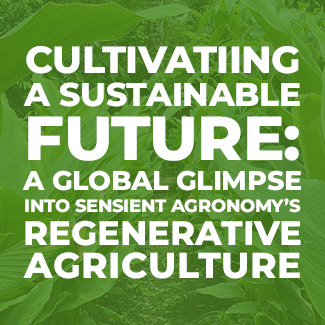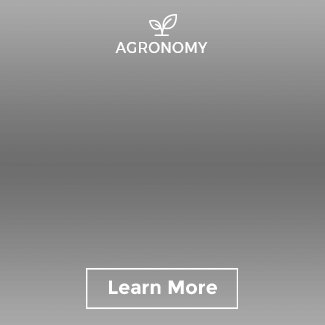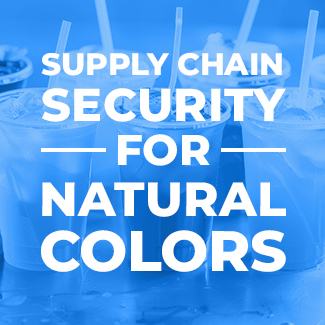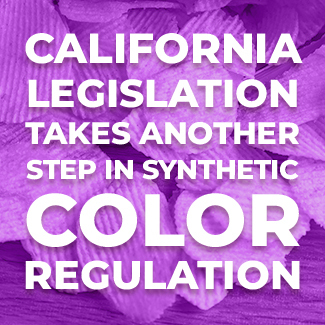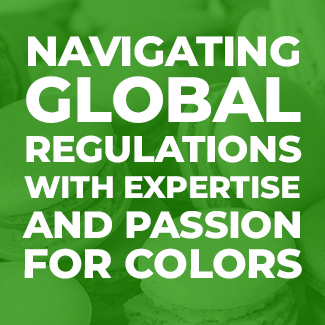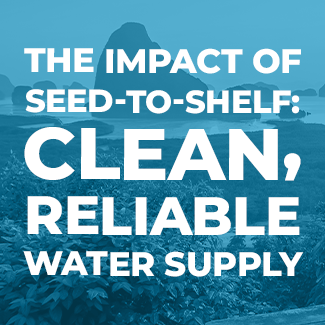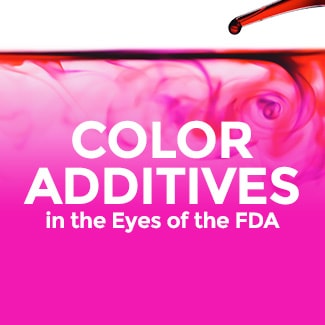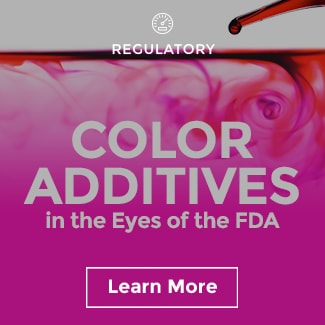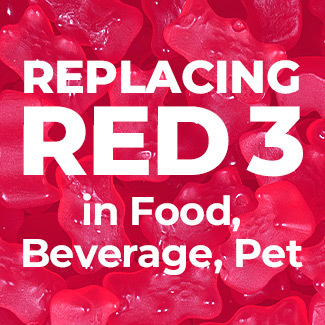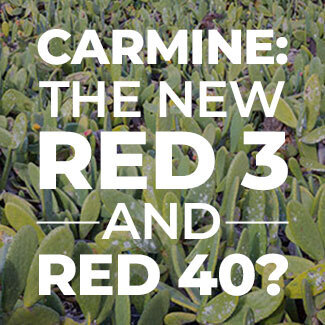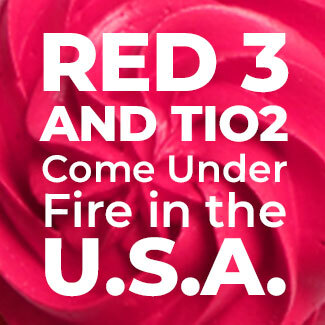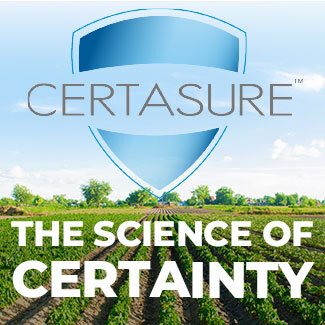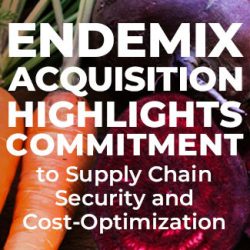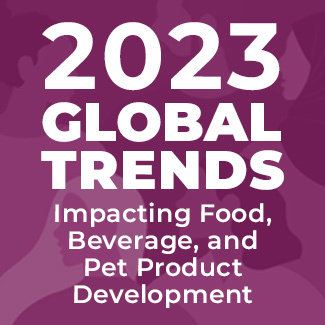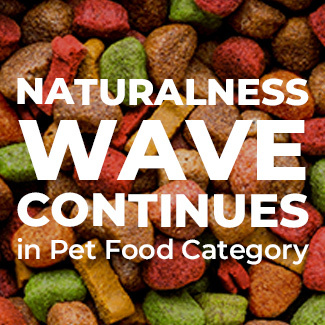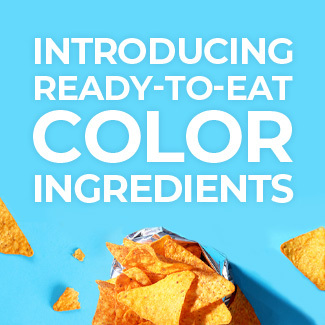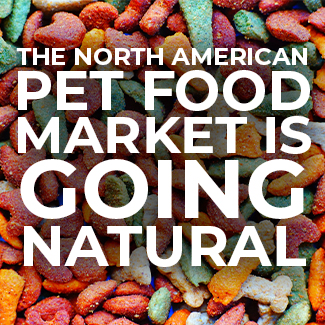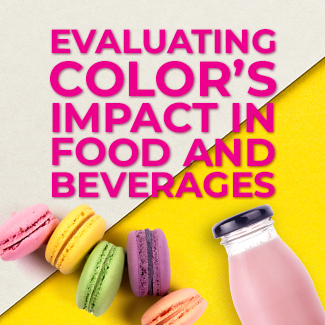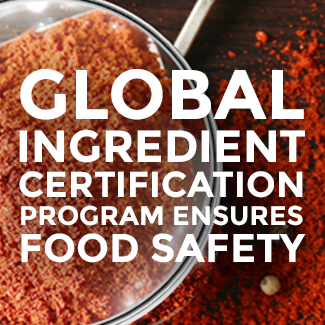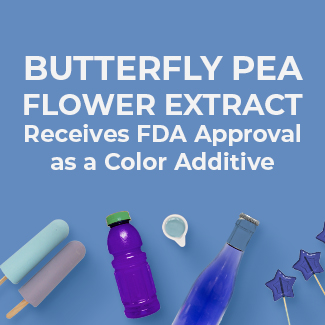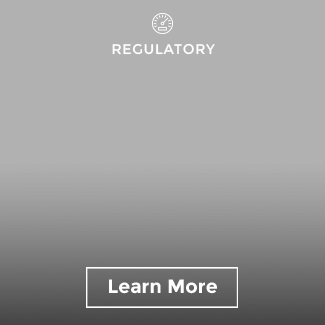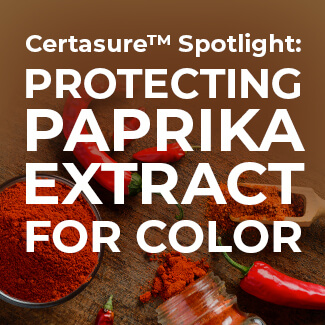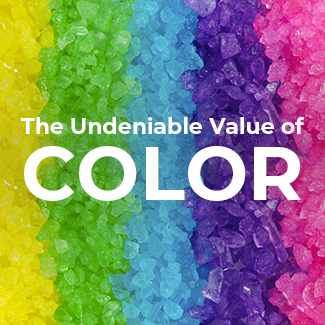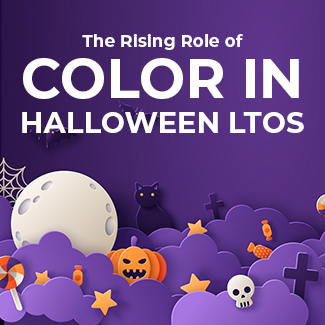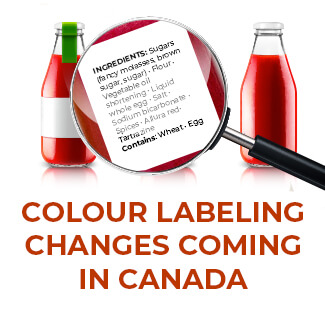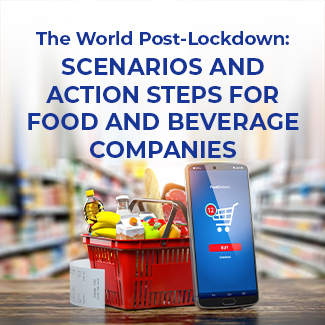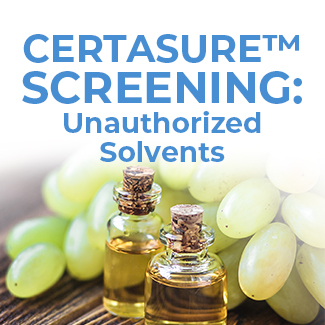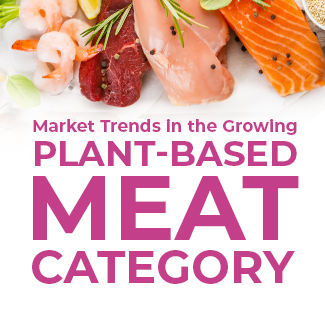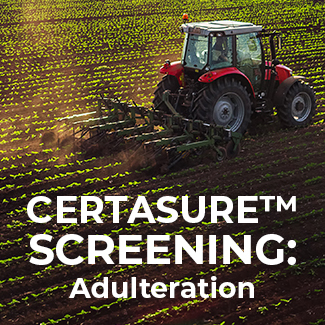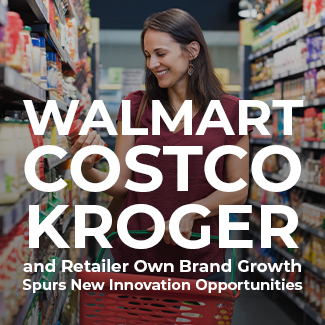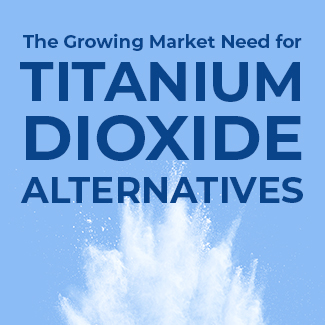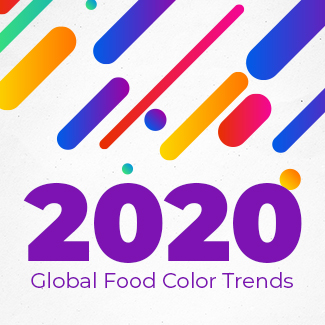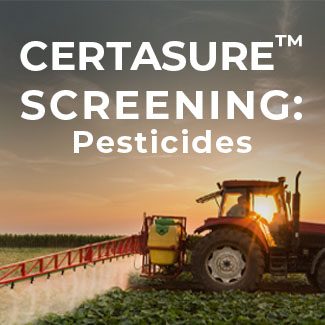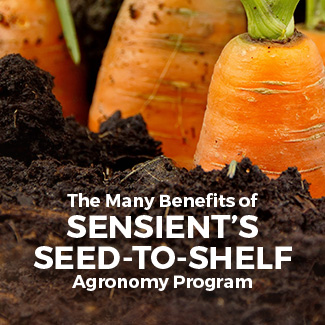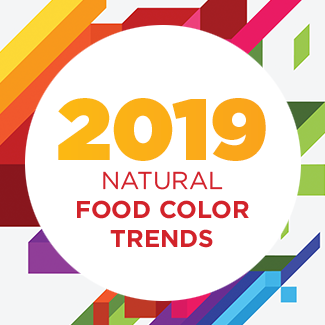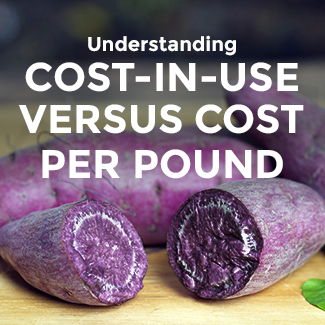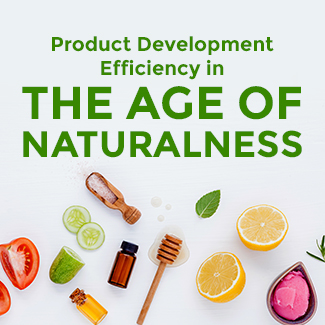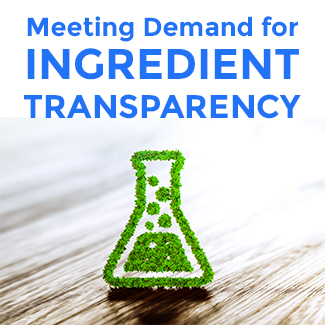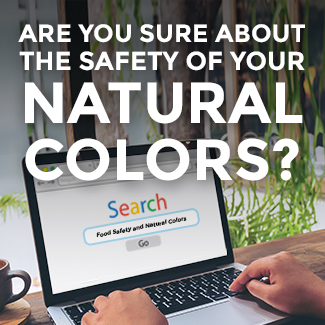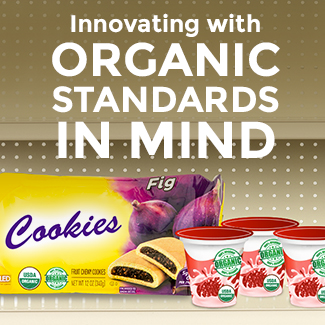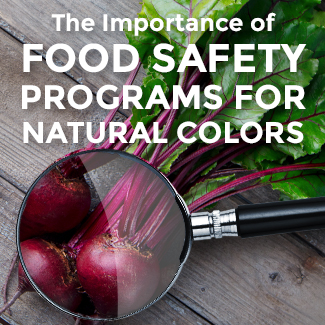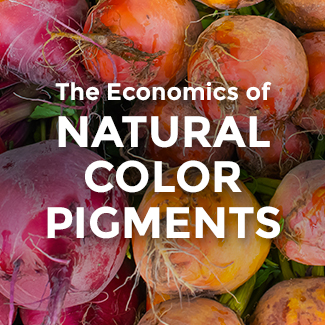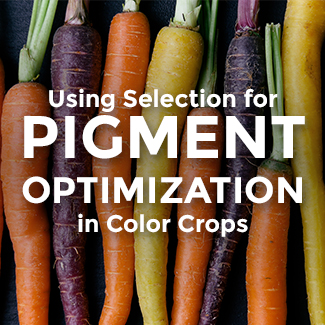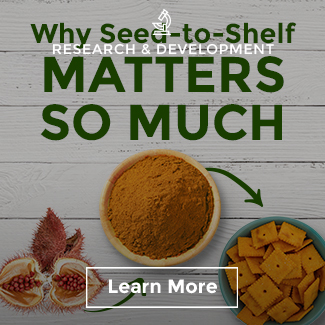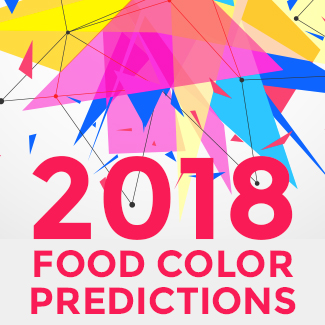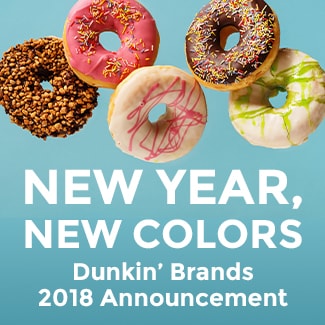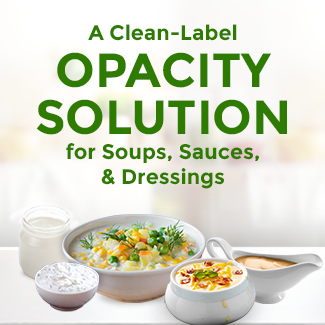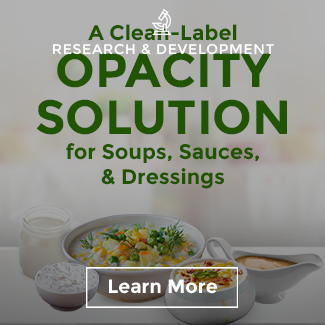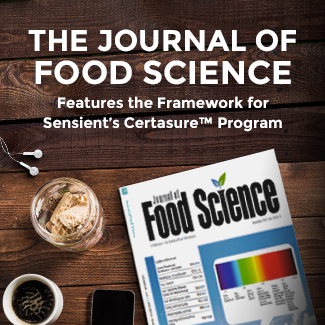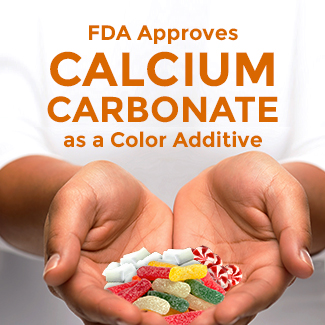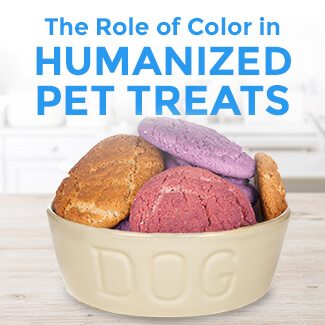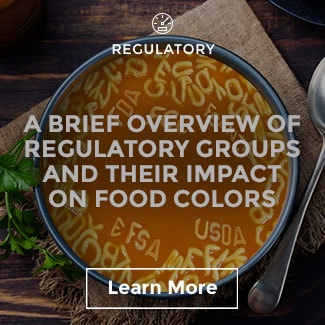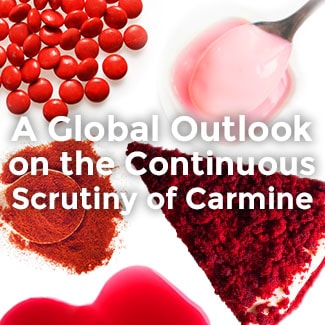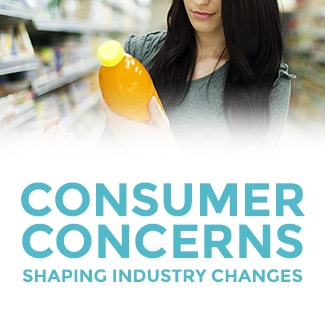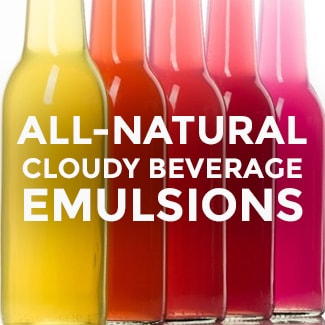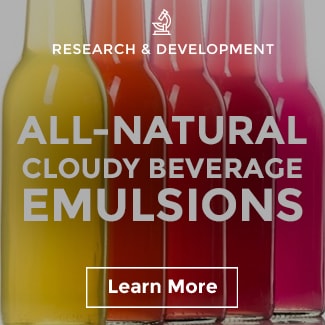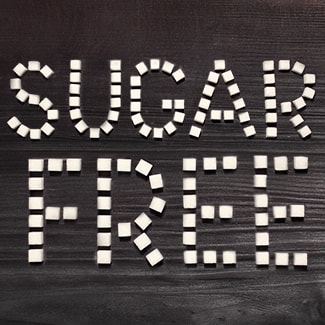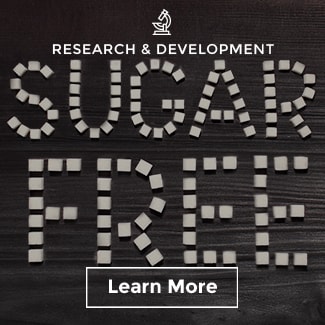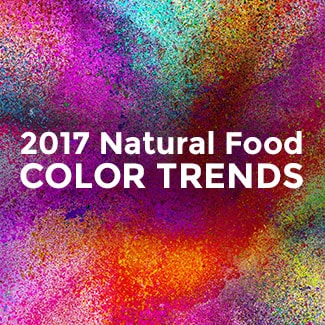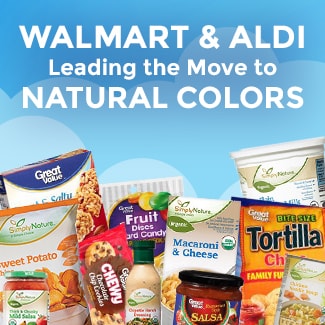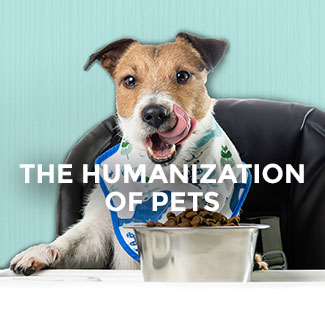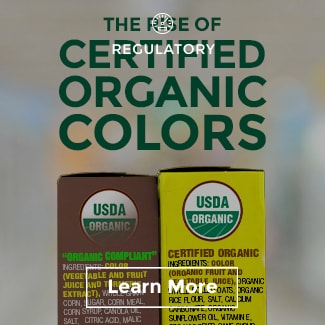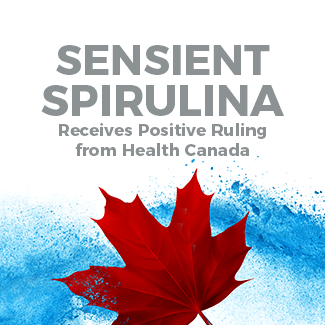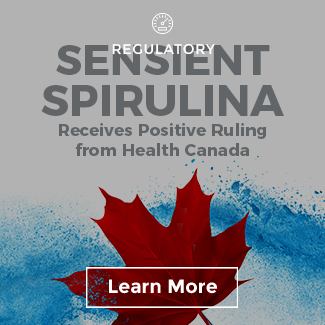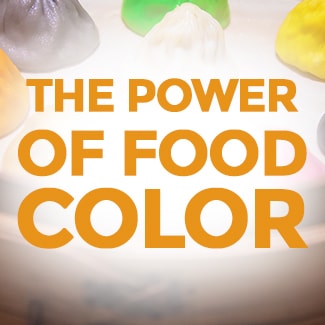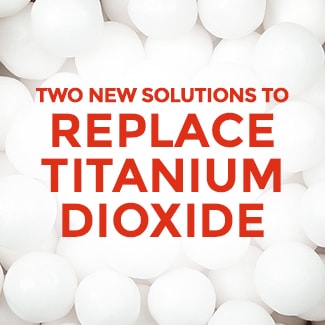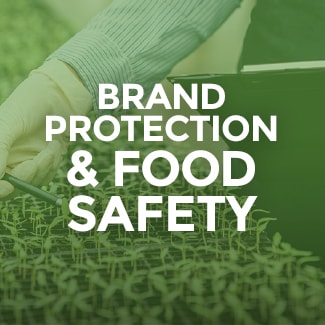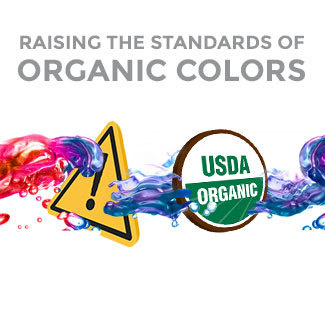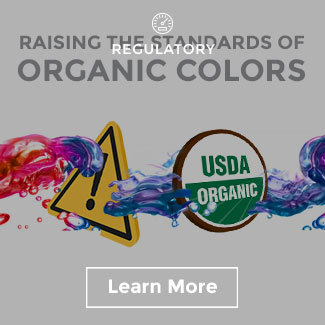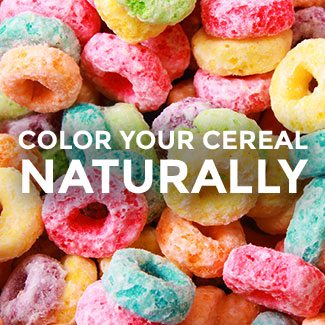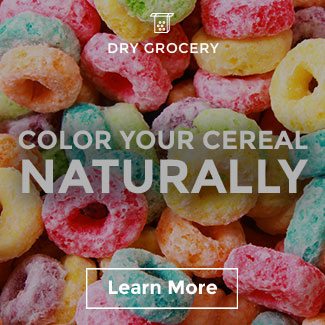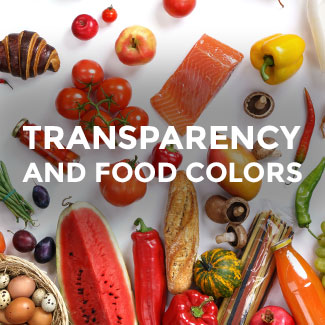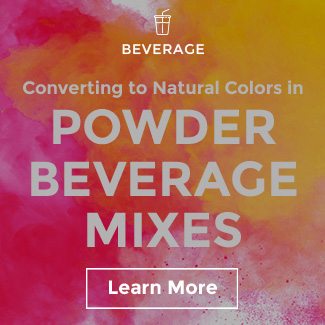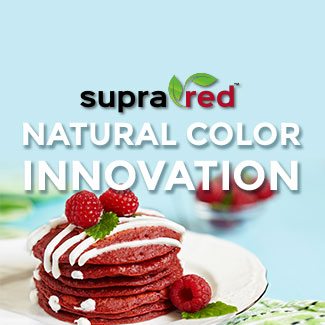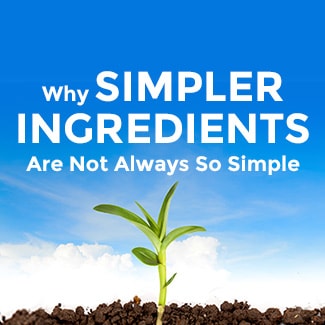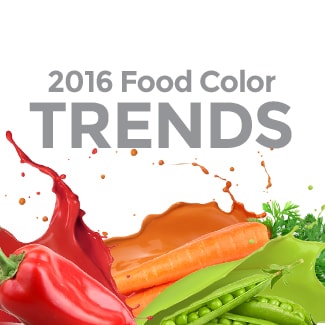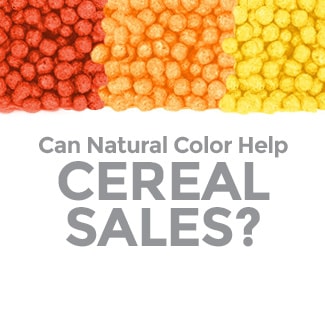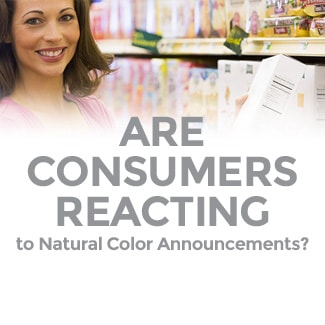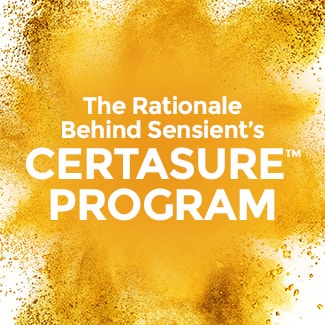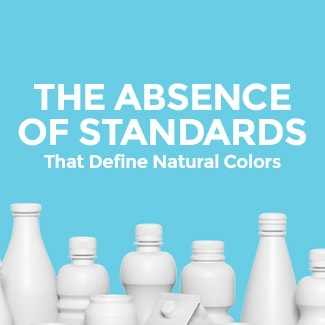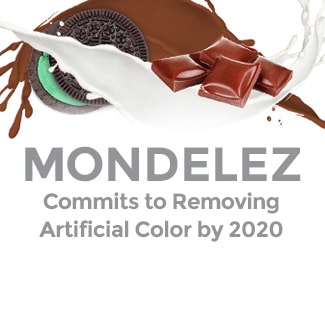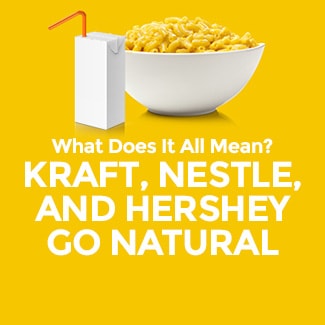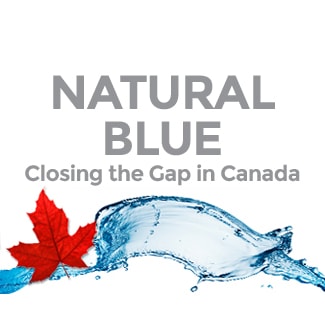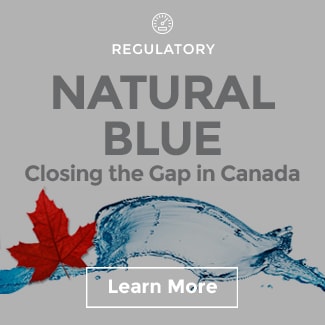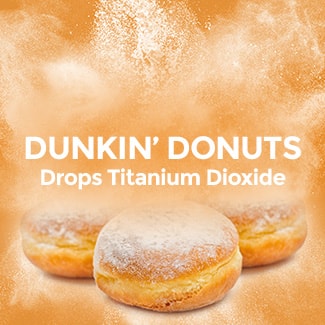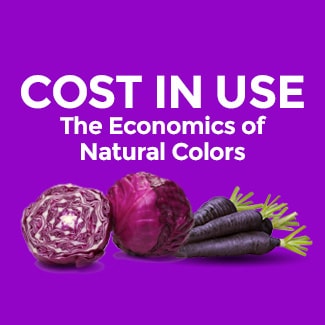The Integrity of Certified Organic: From Farm to Color
Rising Demand for Organic
Retailers are capitalizing on the growing demand for organic food through their own brands by placing an emphasis on growing their assortment of affordable organic options that appeal to mainstream shoppers.

Sales have indicated positive consumer reactions. According to Kroger, their “Simple Truth” Organics line topped $1 billion in sales. In fact, the U.S. organic sector has surpassed $43 billion in retail sales since the USDA’s Agricultural Marketing Service’s introduction of organic regulations in 2002. Demand for organic products extends beyond the U.S. as well. As reported by the USDA, the current global market is valued at nearly $80 billion annually.
Can Supply Keep Up with Demand?
The importance of organic ingredients to consumers has more than doubled since ten years ago, even across all age demographics.
“When I purchase food or beverage, a product containing only organic ingredients is important…”

Source: The Natural Marketing Institute, 2017
Millennials appear to be the most enthusiastic about purchasing products containing organic ingredients. As many as 61% of Millennials have purchased organic foods and/or beverages in the last three months—38% higher than the average U.S. consumer according to Mintel.
With interest continuously rising, the number one question surrounding the organic market is whether or not supply can sustain demand. According to the Agricultural Marketing Service (AMS) the number of certified organic operations in the United States climbed to 24,650 in 2016, up 13% from the end of 2015. Additionally, the Farm Service Agency (FSA) in partnership with the USDA is working to create more opportunities for organic farmers through the Conservation Reserve Program. Brad Pfaff of the FSA says new programs will “help tailor existing conservation practices to the needs of organic farmers and help to improve soil and water quality while also providing more wildlife habitat”. According to the USDA’s 2016 NOP Report, the global organic market includes over 31,000 certified operations. Organic equivalency specifications are upheld to ensure the integrity of imported organic products.

However, when it comes to certified organic color, the challenge is not so much supply of organic botanical but rather ensuring the color extraction and standardization adhere to organic requirements.
In order for a color to be “Certified Organic,” the entire supply chain down to the color extraction must maintain the same level of purity as the farming operation.
By certifying the process entirely, it guarantees the equipment and processing aids used during extraction are also certified organic. Some yellows and oranges from the carotenoid family are particularly challenging due to these stringent extraction guidelines. A fully-integrated approach to organic color ensures 100% compliance with the Certified Organic standards set by the National Organic Program (NOP) of the USDA.
If brands want to use the USDA Certified Organic seal on their packaging in new product offerings, the only option for coloring, if commercially available, is a certified organic color. It’s stated very clearly by the USDA that when a certified organic option becomes available, it must be used in place of the temporary organic compliant “National List” color. The cut-off date for organic compliant colors is 2022, but some of these listed colors could easily become obsolete before 2022, since the industry is rapidly committed to the development of certified organic colors.

What’s the Difference?
Still unclear on the difference between
certified organic colors and organic compliant?
We simplify it here.
Stay tuned for an important update on the expansion of Sensient’s certified organic color porfolio coming this year!



